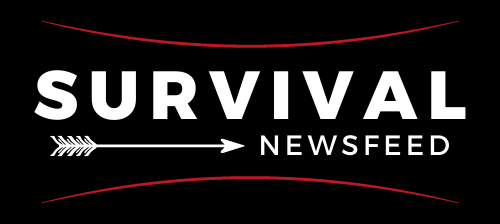In today’s unpredictable world, being prepared for emergencies has never been more critical. Natural disasters, power outages, and other unexpected events can happen at any time, and having an emergency preparedness kit can make all the difference. This guide will walk you through building a basic kit that covers your needs for at least 72 hours, ensuring you and your family are prepared for the unexpected.
1. Water is Life
The most crucial element of any emergency kit is water. The general recommendation is to have at least one gallon of water per person per day for at least three days. This water will be used for drinking, cooking, and basic sanitation. Water purification tablets or a water filter can also be a vital addition to your kit, providing a way to purify water if your initial supply runs out.
Tip: If your water comes from a well and a bad storm is coming, fill the tub.
2. Food for Thought
Next, focus on non-perishable food items that require minimal preparation, such as canned goods, energy bars, dried fruits, and nuts. Remember to consider any dietary restrictions in your family and rotate these supplies periodically to keep them fresh.
3. Light the Way
In the event of a power outage, having multiple sources of light can help keep your family safe and comfortable. Include in your kit durable flashlights, headlamps, and a supply of batteries. Solar-powered or hand-crank lights can also be invaluable additions, offering light without the need for batteries.
4. Stay Informed
Information is crucial in any emergency. A battery-powered or hand-crank radio can keep you updated on the situation outside, especially if cell phone networks are down. Consider a radio that includes a NOAA weather channel feature to stay informed about severe weather conditions.
5. First Aid First
A well-stocked first aid kit is a must for treating minor injuries and ailments at home. Besides the basics like bandages, antiseptic wipes, and antibiotic ointment, include any prescription medications, over-the-counter drugs, and medical supplies like an extra pair of glasses or contact lenses.
6. Personal Items and Important Documents
Don’t forget personal hygiene items like toothbrushes, toothpaste, soap, and moist towelettes. Also, keep copies of important documents in a waterproof container – think IDs, insurance policies, and bank account records.
7. Tools and Supplies
Lastly, include basic tools and supplies that can help in various situations: a multi-tool, manual can opener, matches, emergency blankets, and local maps.
Building your emergency preparedness kit doesn’t have to be overwhelming. Start with these essentials, and gradually add items tailored to your family’s specific needs. Remember, the goal is not to fear the future but to be as prepared as possible for it. Stay safe, and happy prepping!


